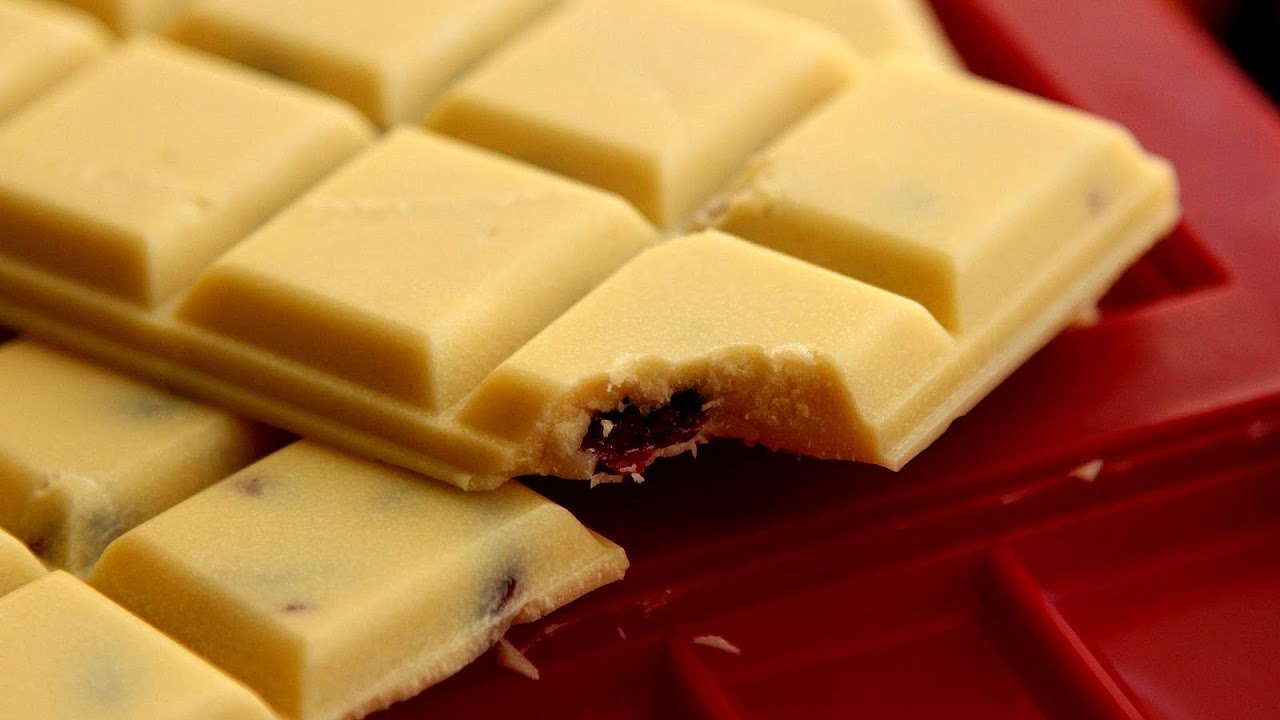
Whey is the liquid remaining after milk has been curdled and strained. It is a byproduct of the manufacture of cheese or casein and has several commercial uses. Sweet whey is manufactured during the making of rennet types of hard cheese like Cheddar or Swiss cheese. Acid whey (also known as "sour whey") is a byproduct produced during the making of acid types of dairy products such as cottage cheese or strained yogurt.
Whey proteins consist of ?-lactalbumin, ?-lactoglobulin, serum albumin, immunoglobulins, and proteose-peptones.

Maps, Directions, and Place Reviews
Production
To produce cheese, rennet or an edible acid is added to heated milk. This makes the milk coagulate or curdle, separating the milk solids (curds) from the liquid whey. Sweet whey is the byproduct of rennet-coagulated cheese, and acid whey (also called sour whey) is the byproduct of acid-coagulated cheese. Sweet whey has a pH greater than or equal to 5.6, acid whey has a pH less than or equal to 5.1.
Whey Protein Chocolate Recipes Video
Uses
Whey is used to produce whey cheeses such as ricotta, whey butter, so-called brunost (brown cheeses--technically not cheeses at all), and many other products for human consumption. The fat content of whey is low; for example 1,000 kg of whey are required to make typically 1 kg of whey butter. It is also an additive in many processed foods, including breads, crackers, and commercial pastry, and in animal feed. Whey proteins consist primarily of ?-lactalbumin and ?-lactoglobulin. Depending on the method of manufacture, whey may also contain glycomacropeptides (GMP).
Dairy whey remaining from home-made cheesemaking has many uses. It is a flour conditioner and can be substituted for skim milk in most baked good recipes that require milk (bread, pancakes, muffins, etc.).
Whey protein (derived from whey) is often sold as a nutritional supplement. Such supplements are especially popular in the sport of bodybuilding. In Switzerland, where cheese production is an important industry, whey is used as the basis for carbonated soft drinks such as Rivella and Montino. In Iceland, liquid whey is sold as Mysa.
Throughout history, whey was a popular drink in inns and coffee houses. When Joseph Priestley was at college at Daventry Academy, 1752-1755, he records that, on the morning of Wednesday, 22 May 1754, he "went with a large company to drink whey." This was probably "sack whey" or "wine whey".
Another use of whey is to make "cream of tartar whey": "Put a pint of blue milk [blue milk is characterized by the appearance on its surface, eighteen or twenty-four hours after it is drawn, of small, indigo-blue fungal spots that rapidly enlarge until the whole surface is covered with a blue film] over the fire, when it begins to boil, put in two tea spoonfuls of cream of tartar, then take it off the fire, and let it stand till the curd settles to the bottom of the pan, then put it into a basin to cool, and drink it milk warm."
Whey was also used in central Spain to enrich bakery products. In some traditions, it was used instead of water to produce bread dough.
In areas where cheese is made, excess whey byproduct is sometimes sprayed over hay fields as a fertilizer.
Historically whey, being a byproduct of cheese making, was considered a waste product and was pumped into rivers and streams in the U.S. Containing protein, this practice led to the growth of large concentrations of algae which were deemed to be a hazard to the ecosystem by preventing sunlight and oxygen from reaching the water. The government eventually prohibited this practice which led to a disposal problem for producers. Their first solution was to use it as a cheap filler in the production of ice cream. Whey eventually found its way into many other products as a filler and ultimately into a number of health food products where it remains a popular supplement.
Whey cream and butter
Cream can be skimmed from whey. Whey cream is saltier, tangier, and "cheesier" than ("sweet") cream skimmed from milk, and can be used to make whey butter. Due to the low fat content of whey the yield is not high, with typically two to five parts of butter manufactured from 1,000 parts of whey. Whey cream and butter are suitable for making butter-flavoured food, as they have a stronger flavour of their own. They are also cheaper to manufacture than sweet cream and butter.

Health
Because whey contains lactose, it should be avoided by those who are lactose intolerant. Dried whey, a very common food additive, contains 65-75 percent lactose and 11-12 percent protein. When used as a food additive, whey can contribute to quantities of lactose far above the level of tolerance of most lactose-intolerant individuals.
Liquid whey contains lactose, vitamins, protein, and minerals, along with traces of fat.
In 2005 researchers at Lund University in Sweden found that whey can help regulate and reduce spikes in blood sugar levels in people with type 2 diabetes by increasing insulin secretion.
People can be allergic to whey or other milk proteins (this is an allergy, not lactose intolerance). As whey proteins are altered by high temperatures, whey-sensitive people may be able to tolerate evaporated, boiled, or sterilized milk. Hard cheeses are high in casein, but low in whey proteins, and are the least allergenic for those allergic to whey proteins. However, casein proteins (which are heat-stable) are the most important allergens in cheese, and an individual may be allergic to either or both types of protein.

Protein
Whey protein is the name of globular proteins that can be isolated from whey. It is typically a mixture of globinstagers beta-lactoglobulin (~65 percent), alpha-lactalbumin (~25 percent), and serum albumin (~8 percent), which are soluble in their native culture forms, independent of pH.
Source of the article : Wikipedia


EmoticonEmoticon